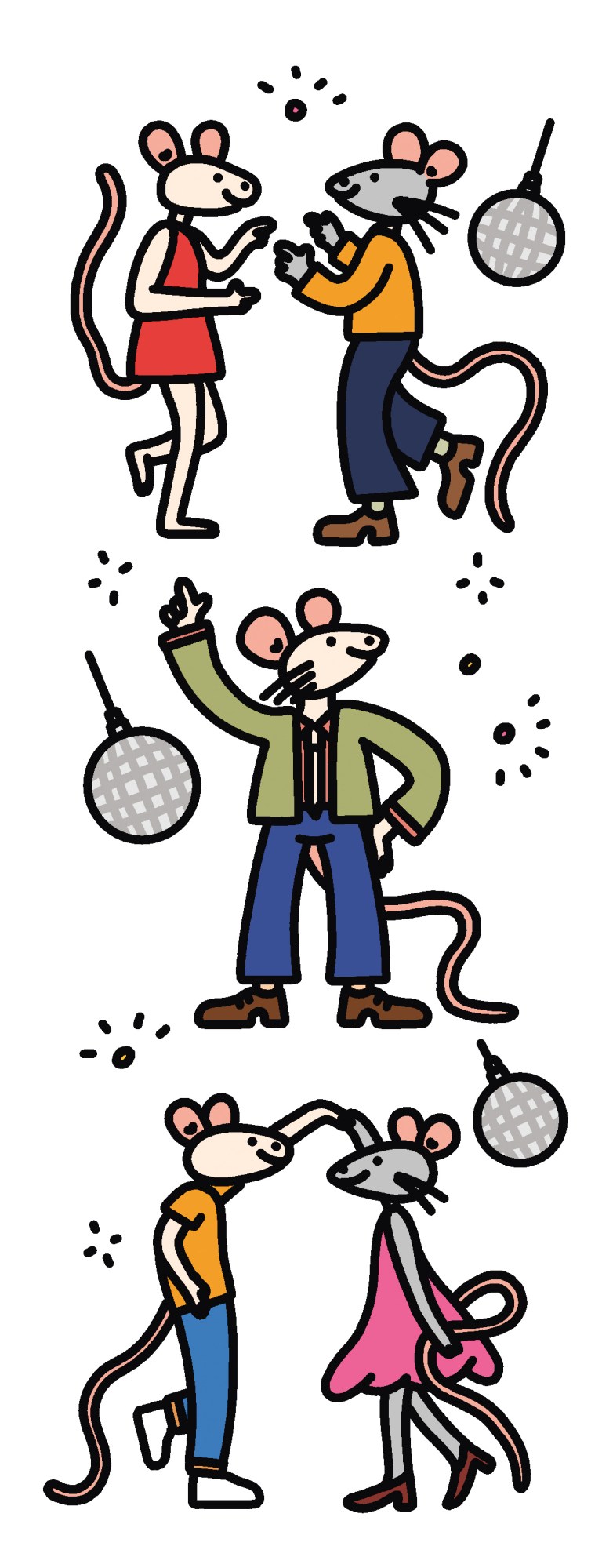Sickness isn’t sexy
Which is more powerful: the urge for sex or the instinct to stay away from someone who's sick? A new study suggests that at least in mice, it's the latter.
Researchers in the lab of Gloria Choi, an associate professor of brain and cognitive sciences at MIT and a member of the Picower Institute for Learning and Memory, found that when male mice encountered a female mouse showing signs of illness, they interacted less and made no attempts to mate as they normally would. The researchers also showed that this behavior is controlled by a brain circuit in the amygdala, which detects distinctive odors from sick animals and triggers a signal to stay away.

As a community, it's very important for animals to be able to socially distance themselves from sick individuals," says Choi. Especially in species like mice, where mating is instinctively driven, it's imperative to be able to have a mechanism that can shut it down when the risk is high."
Choi's lab has studied how illness influences behavior and neurological development in mice, including the emergence of autism-like behaviors following maternal illness during pregnancy. The new study is her first to reveal how illness can affect healthy individuals' behavior, overriding the instinctive programming for activities such as mating.
We wanted to see whether there's a brain mechanism that would be engaged when an animal encounters a sick member of the same species that would modulate these innate, automatic social behaviors," she says.
Previous studies have shown that mice can use odor, processed by their vomeronasal organ, to distinguish between healthy individuals and those injected with a bacterial component called LPS, which induces mild inflammation. For the new study, the researchers placed male mice in a cage with either a healthy female or one affected by LPS. The males engaged much less with the sick females and made no effort to mate.
The researchers established that a part of the amygdala called the COApm, which the vomeronasal organ feeds into, must be activated to trigger social distancing. The presence of LPS-injected animals activated the COApm, suppressing males' drive to mate with the sick females. And when COApm activity was stimulated artificially, they showed little interest even in healthy females. But when COApm activity was turned off, males tried to mate with sick females.
The key to suppressing mating behavior turned out to be communication within the amygdala carried by thyrotropin releasing hormone (TRH), which helps regulate thyroid activity. This is intriguing, Choi says, because thyroid dysfunction has been implicated in depression and social withdrawal in humans.
This study is part of a larger effort in her lab to study the role of neuro-immune interactions in coordinating sickness behaviors." One intriguing question, for example, is whether certain other pathogens might actually stimulate animals to socialize more, helping viruses or bacteria to spread.